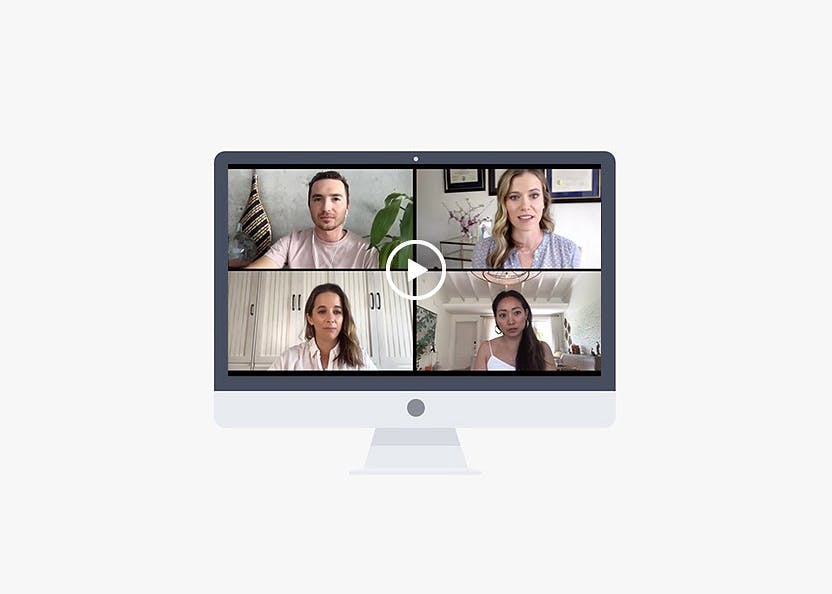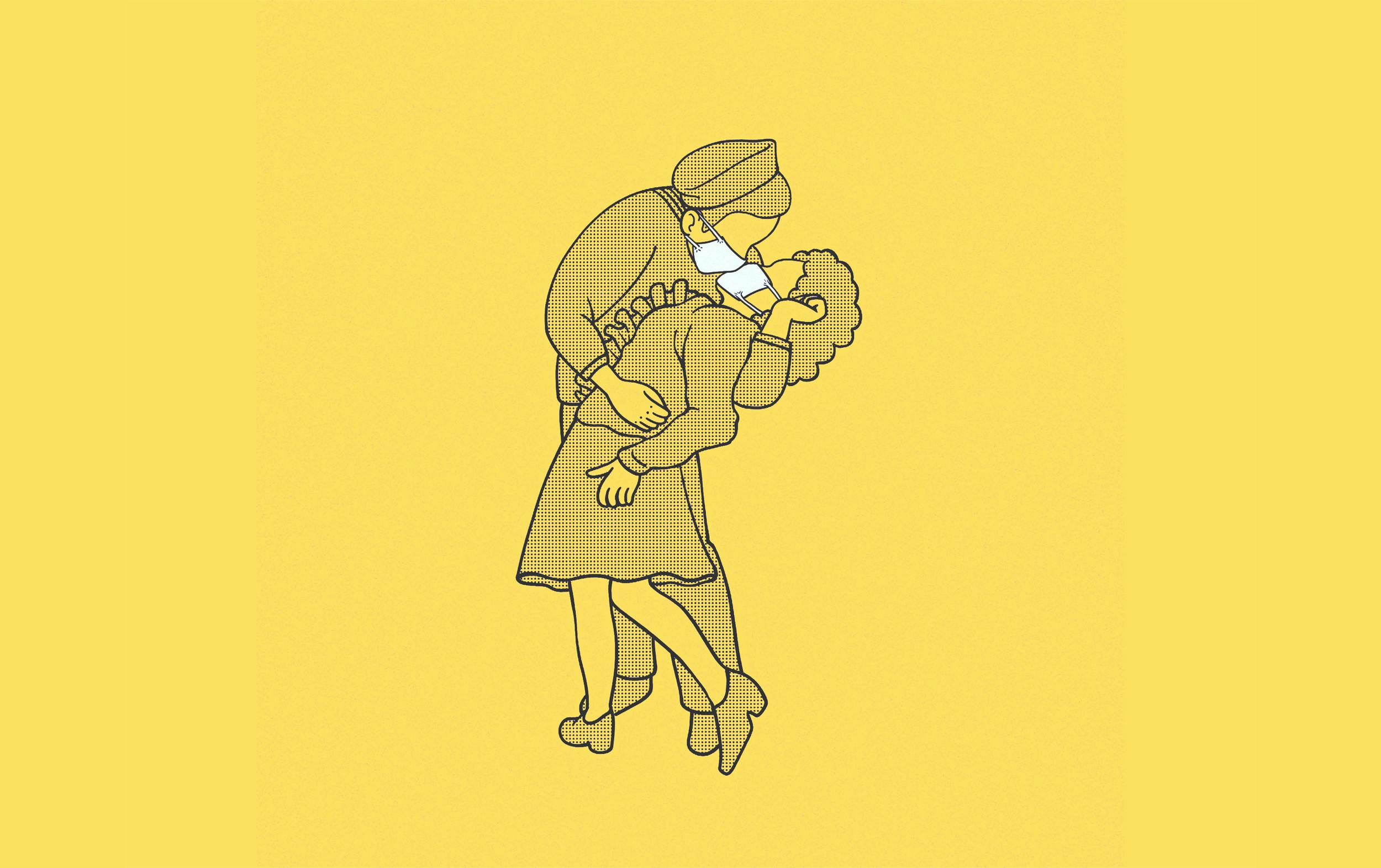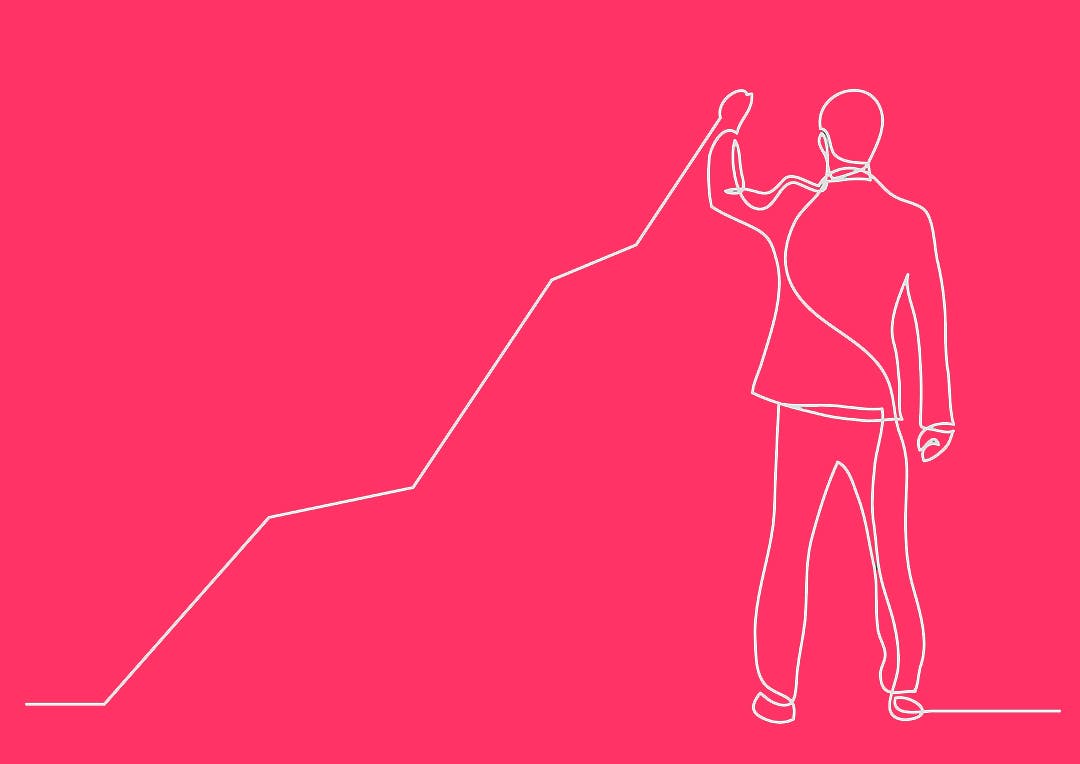The CARES Act: How Does it Help Photographers?
Unprecedented. Until recently, most of us have never used ‘unprecedented’ in a conversation. Now, it’s punctuating every article we read, news broadcast we watch, and it’s trending as a hashtag.
Never before has a hug posed such a risk to our health. Never before has a handshake seemed so threatening. Never before has our industry felt so fragile. Never before have we felt so uncertain. And never before have we seen financial relief made so quickly and readily available to small U.S. businesses. Unprecedented is the only word that truly sums up what we are experiencing every day.
![]()
The CARES Act is here to provide financial assistance and relief to Americans — allowing them to press pause on “business as usual” so that we have a chance to beat COVID-19. It’s providing relief from the sting of this virus and its effect on our businesses. And it’s one of the most widely available financial relief programs that’s ever existed.
As photographers, we’re often not eligible for many government programs, but the CARES Act has something to help just about everyone — including photographers.
We’ve outlined the portions of the CARES Act that are most likely to help photographers. We’ve covered who is eligible, what sort of relief you’ll get, and how to apply.

1. Direct Payments — Stimulus Checks
There’s no such thing as a free lunch — but the CARES Act is providing most Americans with a cash injection, straight into their bank account. You don’t have to do anything to earn it, almost all Americans are eligible, and you don’t need to pay tax on it.
The Stimulus Checks are available to most Americans and will help cover rent, food, power, or anything else you might need a helping hand with. As we head into unchartered territory in regards to the health of our nation, economic stability, and the state of our industry, these cash payments are a welcome relief.
What’s available?
$1,200 per person (or $2,400 per couple) for individuals making less than $75,000 per year, and couples that are making less than $150,000 per year. Households will also receive $500 for each dependent child.
For tax filers with income above these amounts, the payment amount reduces by $5 for each $100 above the $75,000/$150,000 thresholds. Single filers with income exceeding $99,000 and $198,000 for joint filers with no children are not eligible.
You will not need to pay income tax on this payment.
Are photographers eligible to receive CARES Act Stimulus Checks?
Eligible taxpayers who filed tax returns for either 2019 or 2018 will automatically receive an economic impact payment of up to $1,200 for individuals or $2,400 for married couples and up to $500 for each qualifying child or dependent.
In any given family, and in most instances, everyone must have a valid Social Security number to be eligible.
Even U.S. citizens living abroad are eligible for the payment, as long as they meet the income requirements, and have a Social Security number.
How do I access the economic impact payment?
If the Internal Revenue Service already has your bank account information from your 2019 or 2018 returns, you don’t need to do anything. The IRS will transfer the money to you via direct deposit based on the recent income-tax figures it already has.
If the IRS does not have your bank details to complete a direct deposit, a check will be mailed to the address on file.
Based on recent reports, most people will have received their payments by April 17th, 2020.
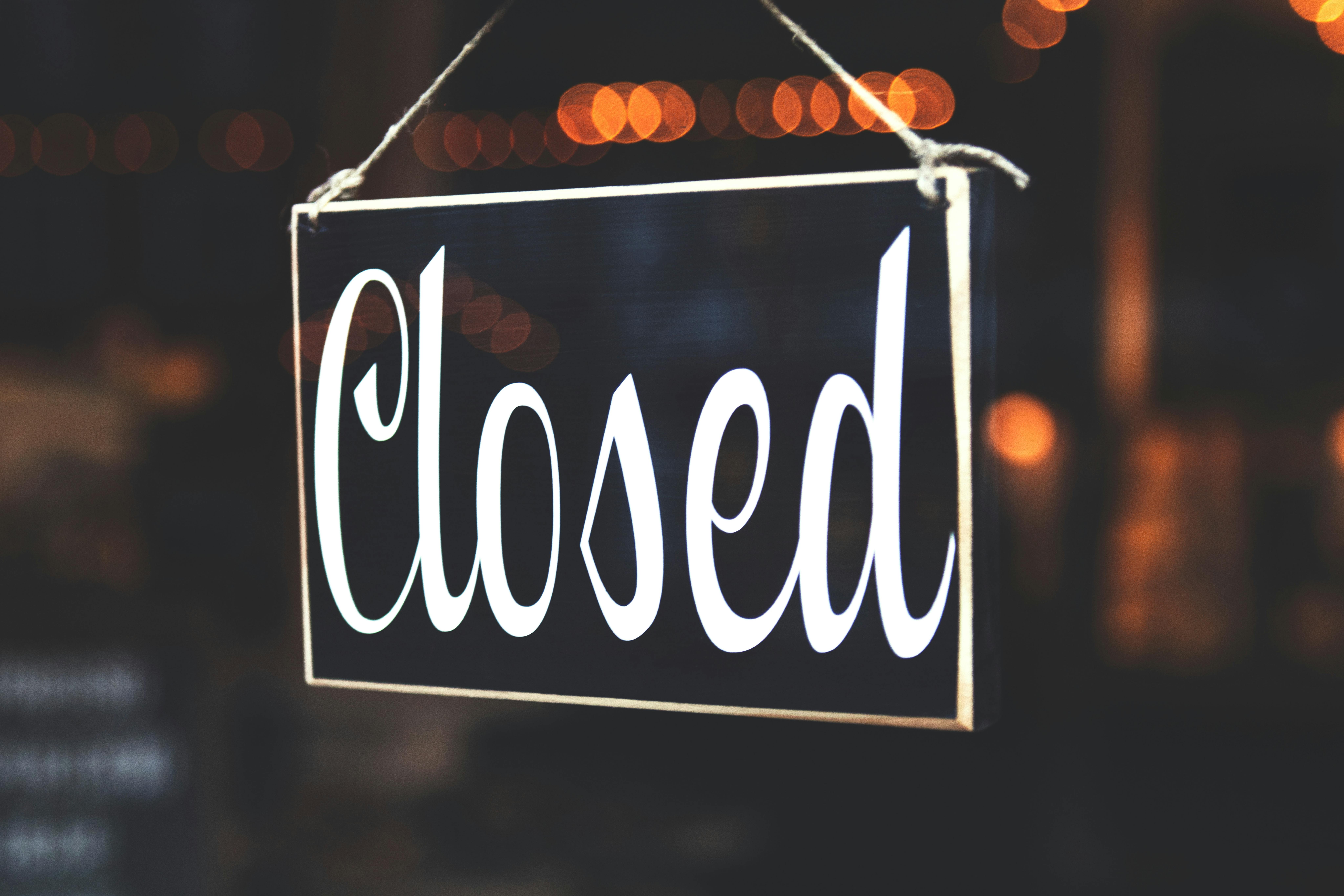
2. The Paycheck Protection Program
While we're thankful for the relief the Direct Payments provide, sadly, they won't support our photography businesses for long. That's where The Paycheck Protection Program comes in.
Of the $2 trillion allocated to the economic stimulus package, a large chunk earmarked to help small businesses (with less than 500 employees) — that includes U.S. based photography businesses.
The Paycheck Protection Program is a loan designed to give you the capital you need to keep your photography business running. Specifically, it's helping you pay any employees (including yourself), your rent and utilities, and the interest on your mortgage.
The idea behind this particular program is to incentivize small businesses to keep employees on the payroll. The more jobs retained, the faster the economy will bounce back.
The best part about this particular program is that the loan can be forgiven. In layman's terms: It's money to help support your business, that you don't have to pay back.
Yes, there are some conditions involved in having your loan forgiven:
- You'll have to keep employees on the payroll for eight weeks.
- You'll need to continue to pay employees at their usual rate (to be able to have the full loan forgiven).
- The only expenses eligible to be forgiven are those outlined in the "Use of Funds" clause in the CARES Act. For most photographers, this will include your payroll costs for employees and independent contractors, payroll tax, sick leave, health insurance premiums, mortgage interest, rent payments, and utility payments.
- Any portion of the loan not spent on approved expenses will not be forgiven. Translation: If you only use the loan to cover your staff salaries (including your own), your mortgage interest, rent payments, and utility payments, then you won't need to pay the loan back. If you splurge on a new camera, you'll have to pay that portion back.
What's available?
If approved, a Paycheck Protection Program would provide your photography business with up to 2.5 times your average monthly payroll cost for the previous year, to a maximum of $10 million. The loan is fee-free, and the maximum interest rate is set at 1%.
For those that meet the payroll criteria, any loan money spent on expenses outlined in the "Use of Funds" clause is eligible to be forgiven. Loans will not require collateral or a personal guarantee. You can apply for a PPP loan even if you have other credit options.
Is your photography business eligible for the Paycheck Protection Program (PPP)?
Small businesses (less than 500 employees), sole proprietors, independent contractors, and self-employed individuals are all eligible to apply for a Paycheck Protection Loan, as long as they meet a few criteria.
- The business must employ 500 people or less.
- The business must have been in operation before February 15, 2020.
- The business pays humans — this includes yourself as a self-employed individual, any employees, and independent contractors.
- If you are a non-profit with less than 500 employees, you are also eligible.
Are you eligible for the Paycheck Protection Program:
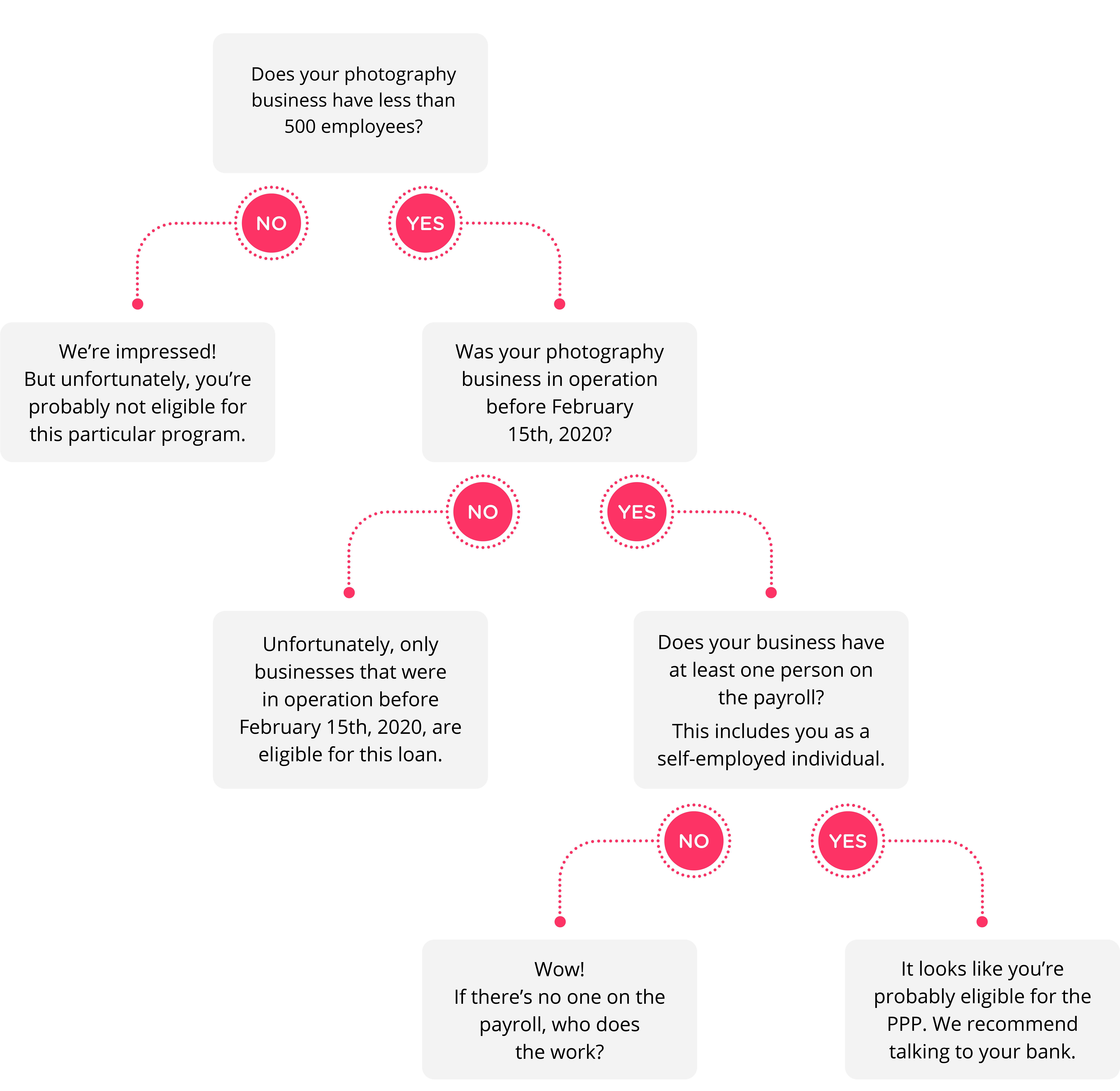
How do I apply for a Paycheck Protection Program?
You'll need to apply through an existing Small Business Administration (SBA) lender. You can find a full list of these here.
It is best to apply through your own bank as they can quickly verify your banking activity, which makes the process a lot easier. It also seems that many banks are only accepting loan applications from existing customers.
The SBA recently released a sample application form, but this is not the form banks and online lenders will use — each bank will have its own version of the application form. But the sample form does give you a basic idea of the length and questions involved.
What do I need to prepare for my application?
- Contact your bank to see how they are accepting applications and find out which documents they require.
- Prepare the following documents:
- Your Payroll Ledger: a document detailing what your payroll expenses were in 2019, ideally organized by month or quarter.
- Know what your 2019 monthly average payroll expenses were.
- Have 2018 and 2019 returns handy in case the bank requires additional information. - Complete your 941 form: Employer's Quarterly Federal Tax Return.
Note: If you or any employees earn more than $100,000 per year, you'll need to cap pay at $100,000 — or $8,333 per month.
When can I apply?
- Registered small businesses and sole proprietors can apply from April 3, 2020.
- Independent contractors and self-employed individuals can apply from April 10, 2020.
- Loan applications close June 30, 2020 — or when the money runs out, so don't delay.
For most photography businesses, this will be the boost they need to get them through the next few months of postponed and rescheduled weddings.
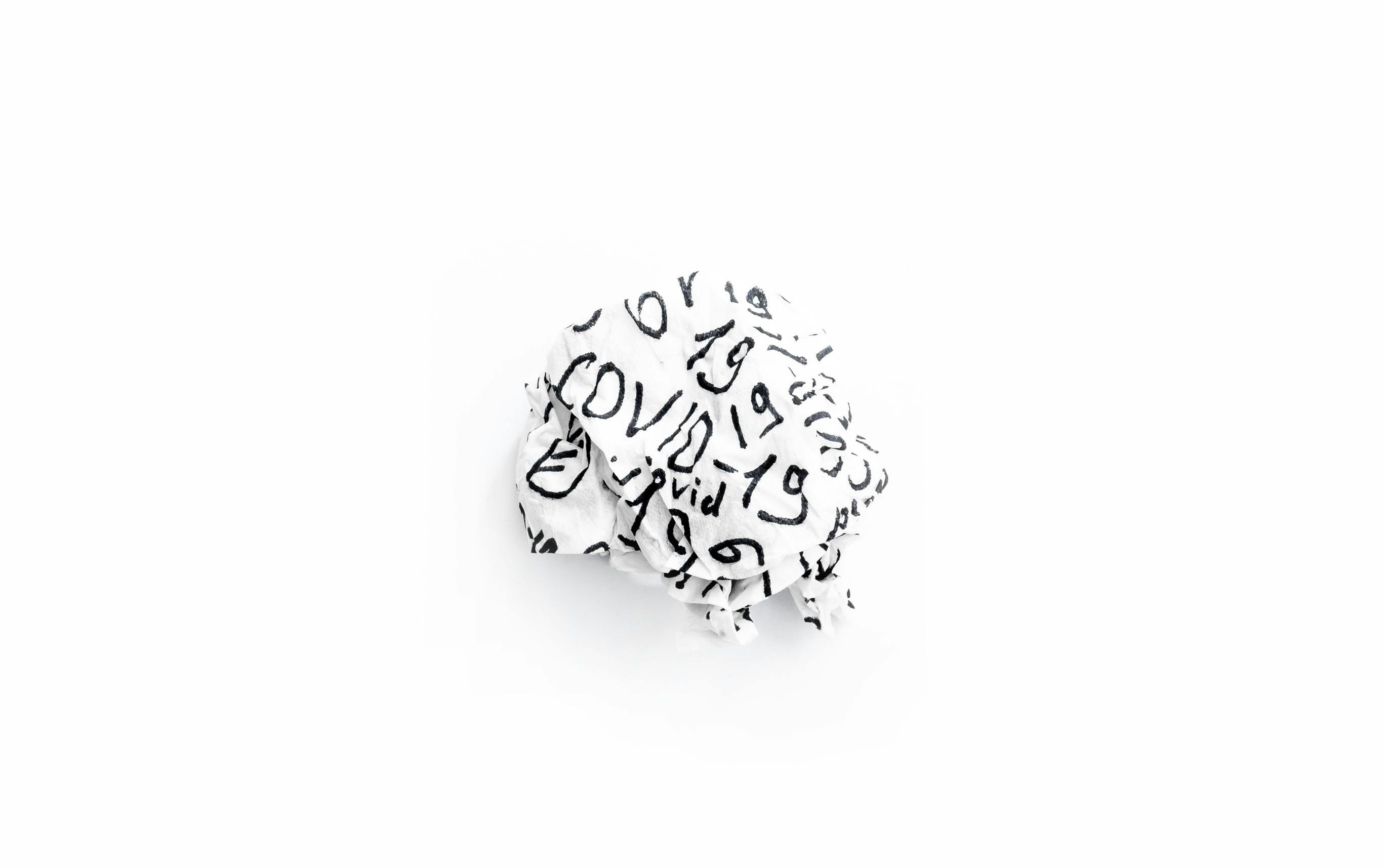
3. The Economic Injury Disaster Loan Program
If you need help, over and above the Paycheck Protection Loan, and the Stimulus Check, you could consider an Economic Injury Disaster Loan (EIDL).
These loans have been around since before COVID-19, but that doesn’t make them any less relevant. The Economic Injury Disaster Loan Program can provide up to $2 million of financial assistance to small businesses that suffer substantial economic injury as a result of the declared disaster.
Unlike the Paycheck Protection Loan, this loan must be paid back.
You can apply for both a PPP Loan and an EIDL; but, you cannot use the loans for the same purpose. You can, however, refinance your EIDL into a PPP loan.
Alongside an EIDL loan, you can apply for a $10,000 EIDL loan advance. The advance funds will be made available within days of a successful application, and this loan advance will not have to be repaid.
What’s available?
If approved, an Economic Injury Disaster Loan would provide your photography business with up to $2 million of financial assistance — actual loan amounts are based on the amount of economic injury.
There are no upfront fees or early payment penalties charged by SBA.
Is your photography business eligible for the Economic Injury Disaster Loan (EIDL) Program?
Whether you operate as a sole proprietor or an LLC, you should be eligible for this loan. However, eligibility is contingent on a couple of factors:
- Your business must have sustained an economic injury due to COVID-19.
- Your business must be located within a disaster declared county or a contiguous county.
- You must not be intending to use these funds for the same purpose as any funds from a PPP loan.
How do I apply for the Economic Injury Disaster Loan Program?
You can apply for the EIDL program here. The main piece of financial information that you’ll need to gather is an income statement that spans from February 2019 to January 2020.
![]()
4. Tax Deferments
Photographers can defer their April 15 tax filings and payment for three months (90 days) without penalties or interest.
What’s available?
If COVID-19 has impacted your ability to pay your taxes this year, you can defer your payment for 90 days without penalty. The payment deadline has been extended from April 15, 2020, until July 15, 2020.
Full information on tax deferments is available here.
Is your photography business eligible for deferred taxes?
The deferment applies to all taxpayers, including individuals, trusts and estates, corporations, and other non-corporate tax filers as well as those who pay self-employment tax.
How do I defer my taxes?
You do not need to do anything to defer your tax payment this year — the extension is automatically available for all taxpayers. There are no additional forms to fill out, and you do not need to call the IRS.
The government recommends that you still file your taxes by the April 15 deadline, especially if you are likely to receive a tax refund. Payment is not necessary until the July 15 deadline.
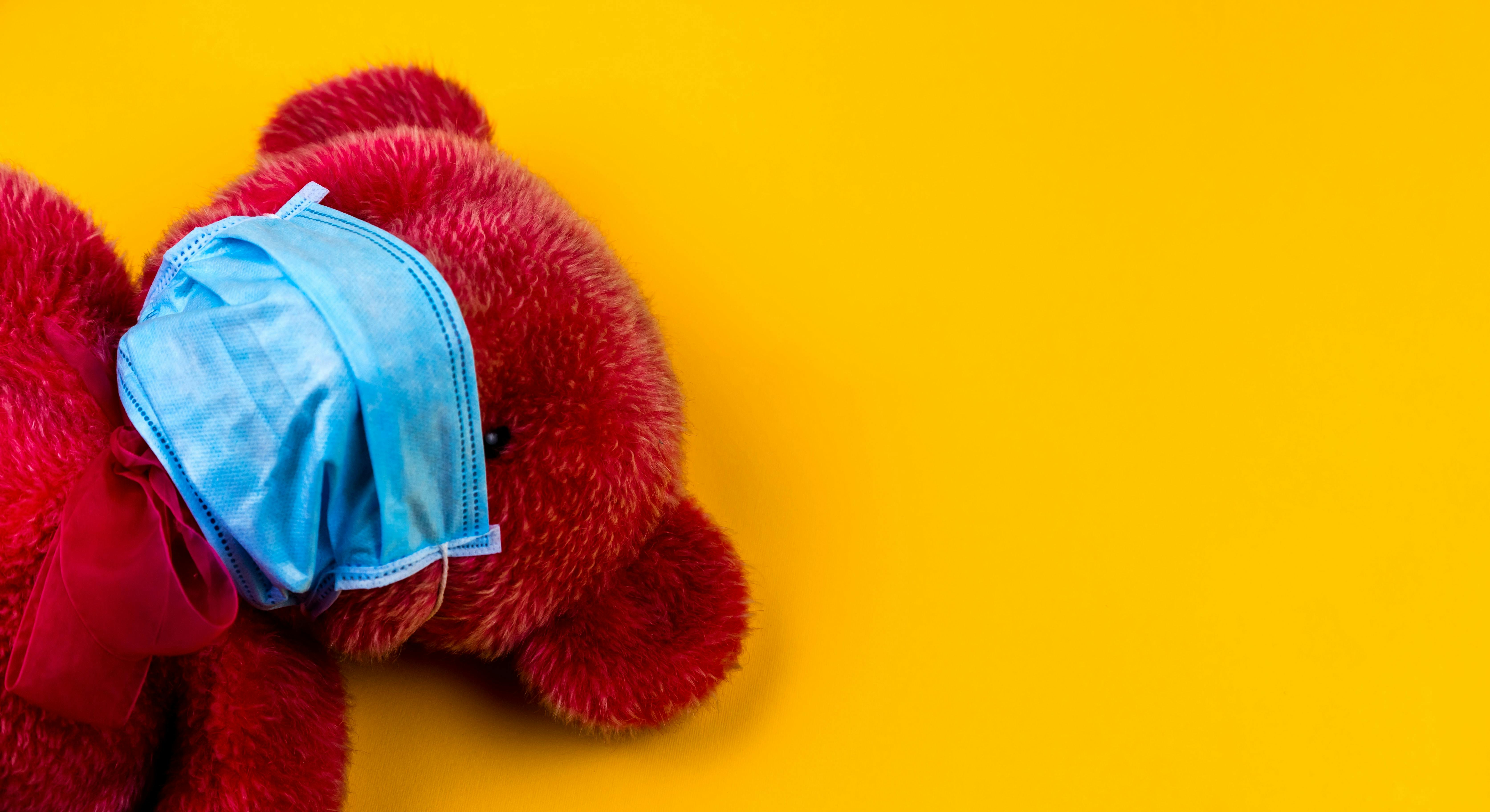
In these unprecedented and uncertain times, it’s a massive relief to know that there are options — that there is help available. As the situation with COVID-19 progresses, more loans and grants may become available.
Each state will have help available on a more local level, so we recommend checking your state programs regularly. It also seems likely that self-employed people will soon be eligible for unemployment benefits, so keep your eye on the news for the latest information.
It’s important to note, that while we have done our best to accurately describe the loans and payouts available to you through the CARES Act in the simplest terms possible, we are not accountants or lawyers. Our advice on the CARES Act is for educational purposes only and should not be taken as financial or legal advice. If you need further information on any of the options available to you, please contact your attorney or accountant.
